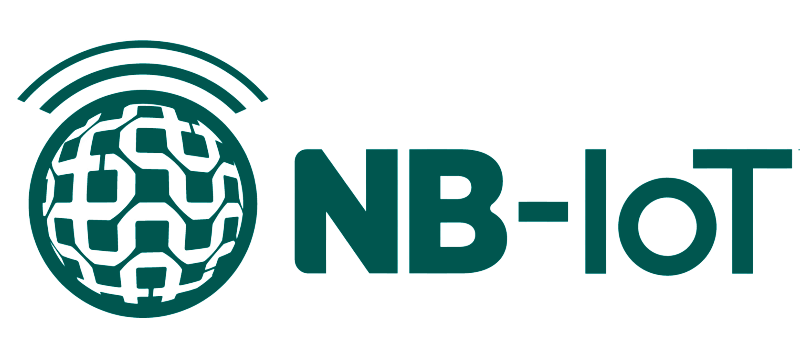
- March 3, 2022
- By admin_panel
- Comments 0
Downscaling the size of electronic devices has advanced significantly in the last two decades. Smart devices that are connected to the internet and communicate with one another have led to what we term the Internet of Things (IoT). Smart devices that communicate over the internet has found wide acceptance due to their reliability and performance. The majority of IoT applications involve taking cognitive decisions and then sharing those decisions over internet. These applications doesn’t need a lot of bandwidth or transmission speed, and can be operated with ease using narrow band.
While earlier technologies resulted in higher power consumption and the waste of a significant frequency spectrum of bandwidth, therefore NB-IoT technology can help reduce power consumption and spectrum waste. Narrow band IoT (NB-IoT) is specifically introduced to achieve the least bandwidth utilization and for low spectrum wastage resulting in optimum resource utilization. Currently, NB-IoT is deployed in applications such as smart parking, smart street lighting, waste management and many more.
Bayslope’s research aims to provide introduction to NB-IoT, information about market developments and patent activities in NB-IoT. An analysis of NB-IoT and patent data aligned with Bayslope’s database has revealed valuable insights. This report will assist industry players and researchers in the field of NB IoT to promote further growth.
Introduction
The Internet of things (IoT) is a giant network of devices that are connected over the internet and communicate data to provide smart solutions with minimal human interaction. A decade ago, internet access was only limited to laptops, desktops, mobile-phones and tablets. But today, due to Internet of Things (IoT) we have TV remotes, fans, lights, alarms, cameras, refrigerators, health monitoring sensors and other similar smart devices connected over the internet to provide a smart technological solution.
Why IoT is required ?The Internet of things is required to handle routine household and industrial activities efficiently and in a timely manner. And according to Statista, there were 4.66 billion active internet users worldwide on January 2021 i.e. 59.5 percent of the global population and hence today IoT is providing seamless communication between people, processes, and things.
Here are a few of the merits of IoT that justify its adoption:
1. Ability to gather large amount of performance data that provides opportunity for the organizations to analyze large trends in the data to better improve the device’s capabilities.
2. Cost reduction and optimal usage of resources. For example, if lights automatically turn themselves off the moment an individual leave the room, one can save a lot of money on the electricity bills. Likewise many industrial processes can be optimized for cost reduction can be achieved.
3. Ability to track and monitor necessary activities such as health monitoring, home security, industrial processes that helps Individuals to keep an eye on the state of functionality without having to inspect it on a regular basis.What is Narrow Band Internet of Things (NB-IoT)
NB-IoT or Narrow band IoT is a low power wide area wireless communication network standard with a bandwidth of only 200KHZ. It has been developed especially for IoT applications that do not require higher data rates, power & computational resources and rather require longer transmission range and low bandwidth consumption. NB-IoT covers a range of 1 km in urban areas and 10 km in rural areas.

The device using NB-IoT remains disconnected from the network until it has some data to transmit. And once the connection is established, the device maintains it for a configured time until it becomes inactive and ends up disconnecting. NB-IoT also allows an immediate disconnection once the data confirmation is received.
How is Data Transmitted over the Internet?
A data carrier signal is required to transmit data over the internet. The carrier signal can be wide band, broad band or narrow band signal. And because of the wide range of IoT system applications in terms of data size, frequency of communication, power consumption, and network bandwidth utilization, selecting a data carrier network is crucial.


